Kava
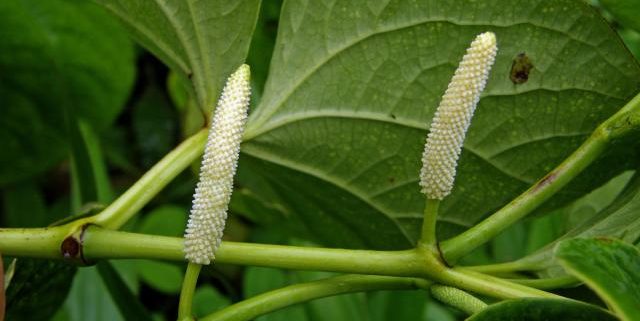
Kava (Piper methysticum) is a tropical evergreen shrub native to the South Pacific islands. The roots of the Kava plant are traditionally used to produce a ceremonial beverage known for its relaxing and calming effects. Kava has been an integral part of Pacific Island cultures for centuries, playing a significant role in social, cultural, and medicinal practices.
1. Size:
- The Kava plant typically grows to a height of 6 to 10 feet (1.8 to 3 meters), with a similar spread. It has large, heart-shaped leaves and a thick, knobby root system that is harvested for its active compounds.
2. Color:
- The leaves of the Kava plant are bright green, while the roots are brownish on the outside with a lighter, yellowish interior. The plant produces small, inconspicuous flowers that are usually greenish-white.
3. Texture:
- The roots of the Kava plant are fibrous and tough, making them difficult to process without proper tools. The leaves are smooth and slightly waxy to the touch.
4. Fragrance:
- Kava roots have a distinct earthy, peppery aroma. The scent is not overpowering but is recognizable and often associated with the calming effects of the plant.
5. Uses:
- Kava roots are ground into a powder and mixed with water to create a beverage consumed during social gatherings, ceremonies, and rituals. The drink is known for its calming and sedative effects, helping to reduce anxiety and promote relaxation.
- Kava is widely used in herbal medicine to treat anxiety, stress, and insomnia. Its active compounds, known as kavalactones, are believed to interact with the brain’s neurotransmitters, inducing a state of relaxation without impairing mental clarity.
- In many Pacific Island cultures, Kava is used in ceremonies to honor guests, mark important events, and facilitate discussions. The plant holds spiritual significance and is considered a symbol of peace and community.
- Kava is sometimes used in aromatherapy to create a calming atmosphere, often combined with other soothing herbs and essential oils.
6. Habitat:
- Kava thrives in warm, humid climates and is commonly found in the tropical regions of the South Pacific, including Fiji, Vanuatu, Tonga, and Hawaii. The plant prefers well-drained, fertile soil and requires partial shade to protect it from direct sunlight.
7. Cultural and Spiritual Significance:
- Kava has long been associated with peace and unity in Pacific Island cultures. The act of sharing Kava is a symbol of friendship and community, fostering a sense of togetherness and mutual respect.
- Kava plays a central role in various rituals and ceremonies, including welcoming guests, celebrating milestones, and resolving conflicts. The plant is revered for its ability to bring people together in harmony.
- In some traditions, Kava is used in spiritual practices to cleanse the mind and spirit, helping individuals connect with their inner selves and achieve a state of calm and clarity.
Spiritual Properties:
Spiritual Properties
- Calm and Relaxation: Kava is highly regarded for its ability to induce a state of calm and relaxation, both physically and mentally. It is often used in meditation and spiritual practices to help individuals reach a deeper level of awareness and tranquility.
- Grounding Energy: Kava is believed to have grounding properties, helping individuals stay centered and focused. It is used in rituals to promote stability, balance, and emotional well-being.
Medicinal Properties
- Anxiolytic: Kava is well-known for its anxiolytic (anxiety-reducing) properties, making it a popular natural remedy for managing stress, anxiety, and panic disorders. The kavalactones in Kava interact with the GABA receptors in the brain, producing a calming effect.
- Sedative: Kava has mild sedative effects, which can help promote sleep in individuals suffering from insomnia or sleep disturbances. It is often used as a natural alternative to prescription sleep aids.
- Muscle Relaxant: The relaxing properties of Kava extend to the muscles, making it useful for relieving muscle tension, cramps, and spasms. It is sometimes used to alleviate physical discomfort caused by stress or anxiety.
- Cognitive Enhancement: Unlike many sedatives, Kava does not impair cognitive function, allowing individuals to remain alert and clear-headed while experiencing relaxation. This makes it a preferred choice for those seeking stress relief without drowsiness.
Allergic Reactions
Kava is generally considered safe when used in moderation, but some individuals may experience allergic reactions or adverse effects.
- Skin Irritation: Handling or consuming Kava may cause skin irritation in some individuals, leading to symptoms such as itching, redness, or rash. It is advisable to test a small amount before using it extensively.
- Allergic Reaction: Although rare, some people may experience an allergic reaction to Kava, including symptoms like hives, swelling, or difficulty breathing. If any allergic reactions occur, it is important to discontinue use immediately.
- Hepatotoxicity: There have been reports of liver toxicity associated with the prolonged or excessive use of Kava. Symptoms may include jaundice, fatigue, and dark urine. It is crucial to use Kava responsibly and consult a healthcare professional if you have pre-existing liver conditions.
- Gastrointestinal Issues: Ingesting Kava may cause gastrointestinal discomfort, including nausea, vomiting, or stomach pain. These symptoms are typically mild but should be monitored if they persist.
- Drowsiness: While Kava promotes relaxation, it can also cause drowsiness, particularly when taken in higher doses. It is recommended to avoid operating heavy machinery or driving after consuming Kava.
- Dry Skin (Kava Dermopathy): Prolonged use of Kava has been associated with a condition known as Kava dermopathy, characterized by dry, scaly skin. This side effect is generally reversible upon discontinuation of Kava use.
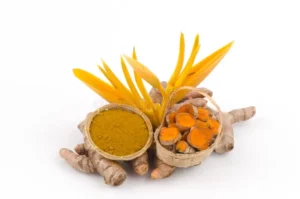
Zedoary
Zedoary Zedoary (Curcuma zedoaria) is a unique herb known for its aromatic rhizome, which is often used in traditional medicine and culinary applications. Native to
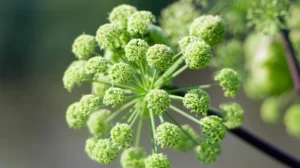
Angelica Root
Angelica Root Angelica Root, derived from the Angelica archangelica plant, is a powerful herb that has been used for centuries in traditional medicine and spiritual
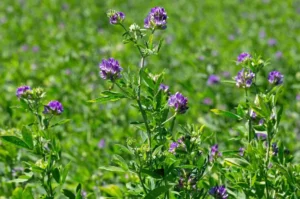
Alfalfa Leaves
Alfalfa Leaves Alfalfa is a perennial flowering plant from the legume family, known for its high nutrient content. It is widely cultivated as a forage
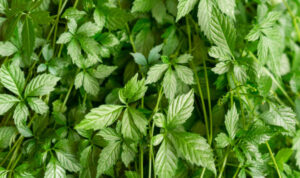
Jiaogulan
Jiaogulan Jiaogulan, often referred to as "Southern Ginseng" or "Herb of Immortality," is a climbing vine native to Southern China and other parts of Asia.
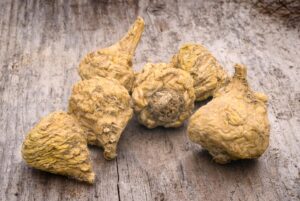
Maca Root
Maca Root Maca Root is a plant native to the Andes Mountains in Peru, known for its tuberous root that has been used for centuries
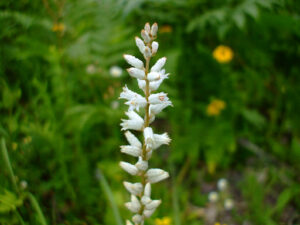
True Unicorn Root
True Unicorn Root The overall appearance of hibiscus flowers is bold and exotic, making them a popular choice for gardens, decorations, and floral arrangements. Their